21+ Sample Organization Proposal
-
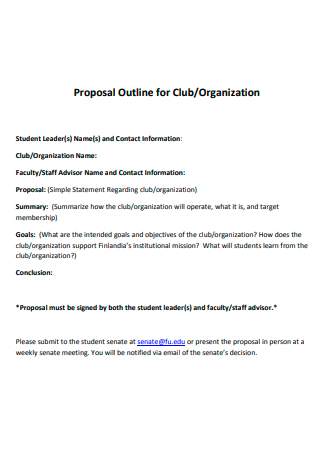
Organization Proposal Outline
download now -
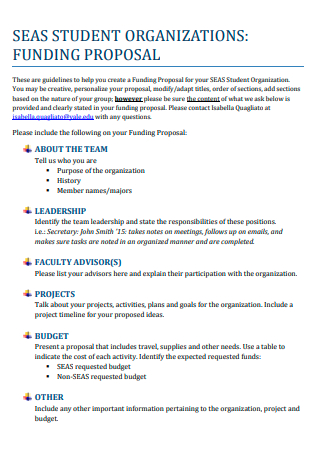
Student Organization Funding Proposal
download now -
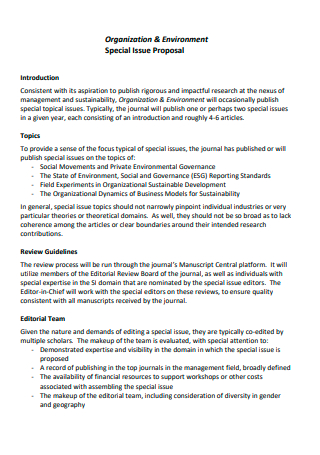
Organization and Environment Special Issue Proposal
download now -
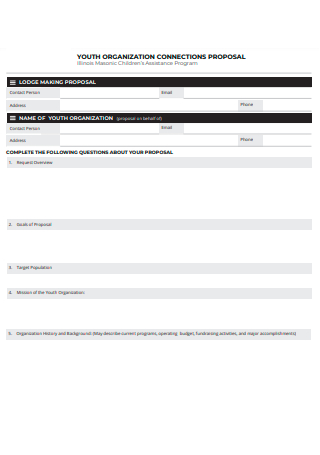
Youth Organization Proposal
download now -
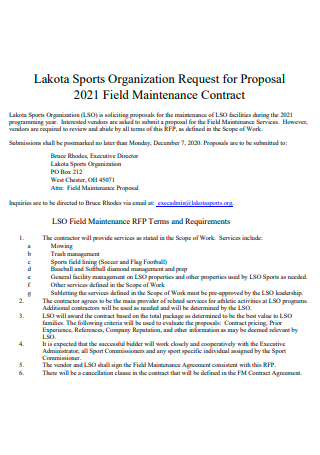
Sports Organization Request for Proposal
download now -
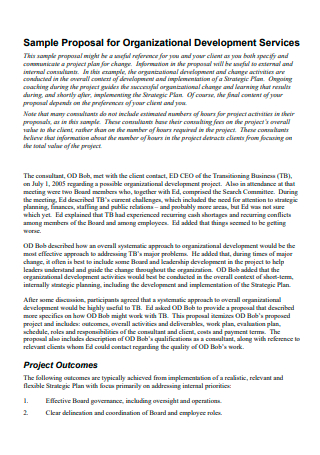
Organizational Development Services Proposal
download now -

Organization Budget Proposal
download now -
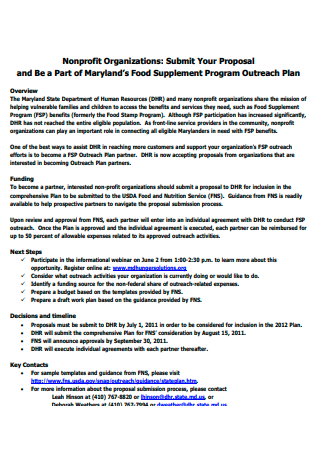
Non Profit Organization Proposal
download now -
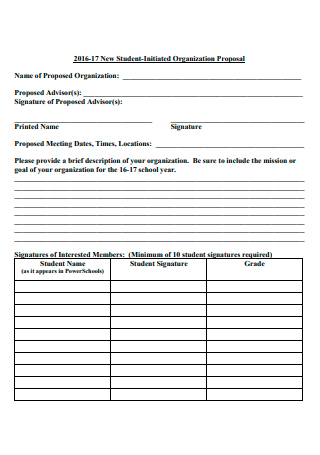
Student Initiated Organization Proposal
download now -
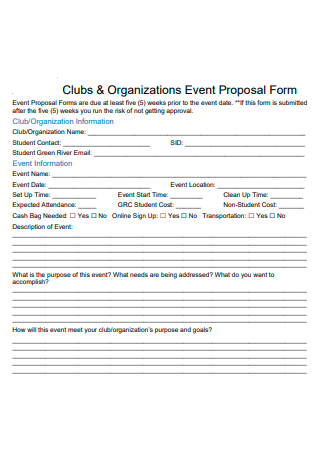
Clubs and Organizations Event Proposal Form
download now -
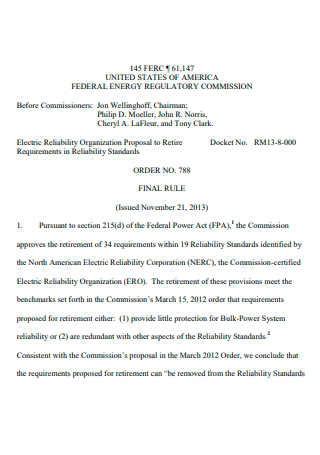
Electric Reliability Organization Proposal
download now -
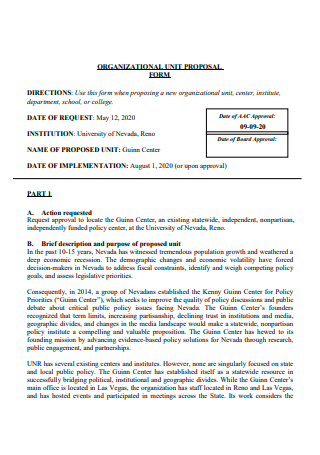
Organizational Unit Proposal Form
download now -

Partner Organization Project Proposal
download now -
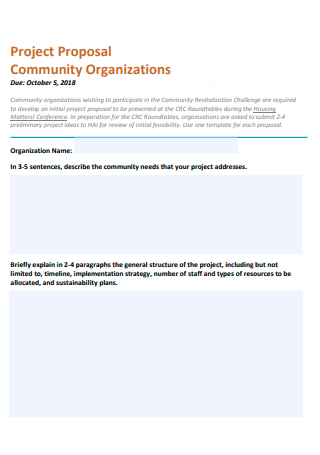
Community Organization Project Proposal
download now -
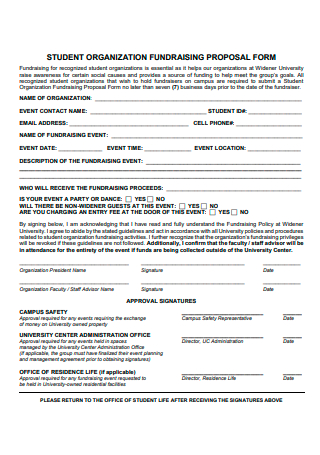
Student Organization Fundraising Proposal Form
download now -
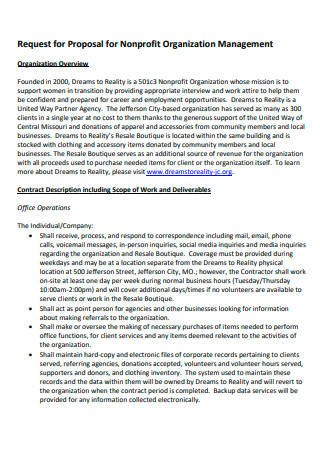
Nonprofit Organization Management Proposal
download now -
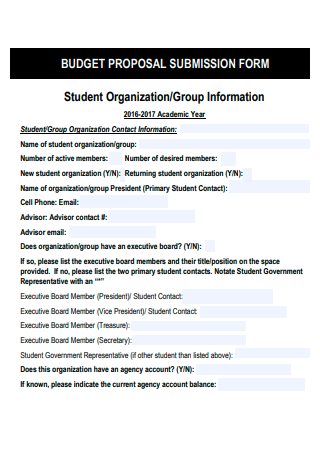
Student Organization Budget Proposal Submission Form
download now -

Organizational Improvement Plan Proposal
download now -
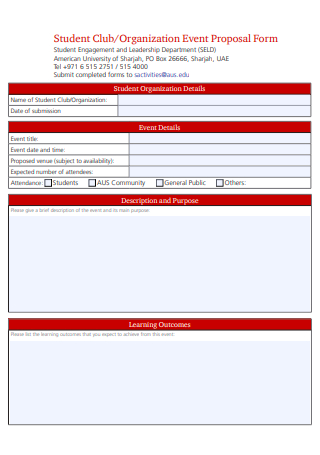
Organization Event Proposal Form
download now -

Program Student Organization Proposal
download now -
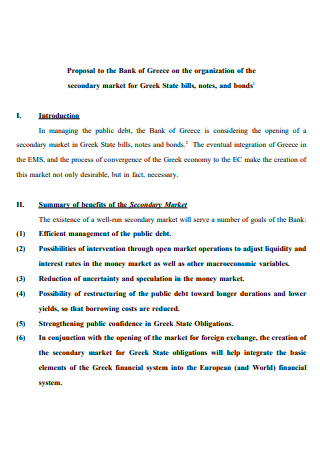
Organization Proposal in PDF
download now -
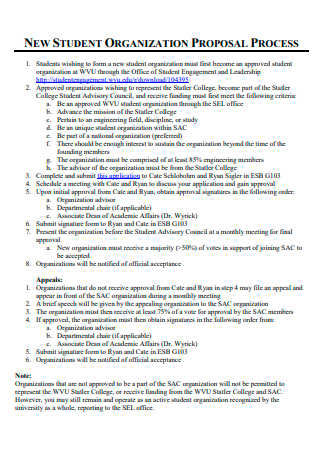
Student Organization Proposal
download now
FREE Organization Proposal s to Download
21+ Sample Organization Proposal
What Is an Organization Proposal?
Sample Types of Organizations
Tips For Writing an Organization Proposal
How to Create an Organization Proposal
FAQs
How do you write an organization proposal?
What is an organization proposal?
How do you write a proposal for a non-profit organization?
What Is an Organization Proposal?
An organization proposal is a formal written proposal that is submitted by an organization to an accrediting agency, sponsor or any similar approving body. The proposal consists of several sections that outline the organization’s various plans and objectives.
According to an online article by QS Top University, there are 7 types of US college student organizations. It is a widely accepted fact that the typical college experience is incomplete without co-curricular experiences to supplement academic life. The 7 types of student organizations include academic and educational organizations, community service organizations, media and publication organizations, political or multicultural organizations, recreational and sports organizations, student government organizations and religious or spiritual organizations.
Sample Types of Organizations
Organizations are fundamental to society. Some may even argue that society is built on these institutions and organizations. There can be all kinds of different groups, each with their own distinct set of characteristics. But the following examples are just some of the most common and universal types of organizations.
Tips For Writing an Organization Proposal
Depending on who your recipient is for the proposal, an organization proposal can be modified to suit specific needs. Whether you are presenting the proposal to a potential sponsor or a committee panel, a good proposal takes time and keen preparation. The following examples are just some general tips on how to improve an organization proposal.
How to Create an Organization Proposal
To create an effective organization proposal, it should consist of several key sections. If you do not want to start from scratch, save time by using an editable template. The collection above can serve as helpful templates for your organizational proposal. Select a template that suits your needs and follow the basic steps below.
Step 1: Offer Sufficient Background Information
Before diving into your plans or programs, supply enough background about your organization. A brief overview or an executive summary of what you are about should do the trick. But since it is also an introduction to your proposal, you want to leave a favorable impression as well. Instead of just providing general details about the organization, inject some creativity by sharing quotes, describing a milestone moment in the organization or anything interesting that will draw the attention of the reader. Even if your introduction is short or brief, you can still make the most of it by carefully picking out what background information to present.
Step 2: Dedicate a Section About the Team
An organization is nothing without its members. It is important to highlight this in your proposal. Dedicate an entire section that talks about the organization’s key people. It does not always have to be the founder, president, or those in leadership positions; featuring even the ‘ordinary’ member will make much more of an impression. The point is to give a face to the organization and give credit to the people running it. Whether you feature a couple key figures or several members, it will depend entirely on you. You can document their journey in the organization or share their personal testimonials about being part of the organization.
Step 3: Provide Details About the Projects
Whatever the goal of your organization proposal, whether it is to receive funding or to gain accreditation, you need to have the right material to show for it. In other words, you need to persuade the recipient of the proposal that you are deserving of their support. This section should be entirely dedicated to strengthening that argument. Provide concrete data about what your organization has accomplished so far. Give specific details on projects or programs that your organization has spearheaded, contributed, or plans to implement. Information such as program beneficiaries, timeline, goals and targets should all be covered.
Step 4: Propose the Budget
A key section in any proposal is the budget. It is important for any organization to have a good grasp of their financial forecasts. Especially in cases where an organization may be seeking a grant or other monetary support, a discussion on the projected budget is expected. Provide tables, graphics, or figures to support your budget proposal. Include a breakdown of expenses and be transparent about costs. Money can be a contentious issue for some, so it is crucial that this section is mapped out properly down to the last detail. If you are unsure of how to craft a feasible budget, the site also boasts a wide library of free budget templates for your use.
FAQs
How do you write an organization proposal?
To write an organization proposal, you need to determine your objectives for creating one. Once you know which direction you’re headed, provide a solid background of the organization, a sound budget and details about the different projects or programs in the pipeline. Refer to the guidelines above for more detailed instructions on how to create an organization proposal.
What is an organization proposal?
An organization proposal is a formal proposal that outlines an organization’s background, goals, accomplishments and plans, usually for the purpose of obtaining support or funding.
How do you write a proposal for a non-profit organization?
To write a proposal for a non-profit organization, you need to first establish the objectives and reasons for creating the proposal. Offer a brief but informative background on the organization, its mission or vision, its achievements, and various plans (e.g., budget, programs, etc.)
An informative or educational organization proposal may not be enough. It must also be coherent, compelling, and persuasive. Simply browse the collection of well-written sample templates above to create your own organization proposal with more convenience and ease!
